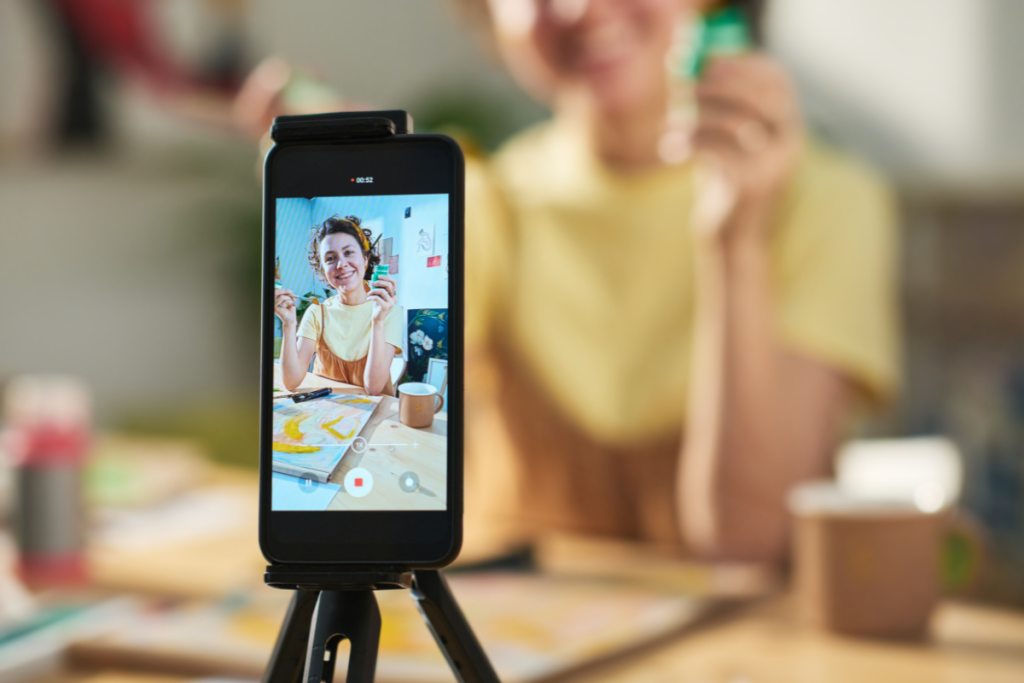Brand Safety in User-Generated Content Campaigns

In today’s digital world, User-Generated Content (UGC) has become a powerful tool for brands looking to engage audiences authentically. Consumers trust content created by their peers, often more than traditional advertising. This shift has allowed brands to build deeper connections with their communities, increase engagement, and boost conversions. However, alongside these benefits comes a growing concern: brand safety. As brands embrace User-Generated Content campaigns, maintaining control over their image and messaging becomes more complex and risky.
The appeal of UGC lies in its authenticity. When real people share their experiences with products or services, it creates social proof that resonates with potential customers. Furthermore, UGC allows brands to scale content creation without significant production costs. Yet, despite these advantages, handing over some creative control to consumers can lead to unforeseen consequences. Offensive, misleading, or inappropriate content can easily slip through and negatively impact brand perception. Because of this, companies must approach UGC with clear guidelines and proactive monitoring.
The Challenges of Managing User-Generated Content
One of the most significant challenges with User-Generated Content is its unpredictability. Unlike brand-produced content, UGC comes from individuals with varying intentions, levels of expertise, and personal values. While many contributions will align with a brand’s messaging, some may conflict with its standards or even violate legal regulations. For instance, a user might unintentionally share inaccurate product information, offensive language, or culturally insensitive remarks. These missteps can quickly go viral, causing reputational damage.
Moreover, platforms that host UGC—such as Instagram, TikTok, YouTube, and Twitter—operate at immense scale and speed. New content is uploaded every second, making manual review impossible in many cases. Although automation and AI moderation tools help filter harmful content, they are not foolproof. Algorithms may miss subtle violations or context-specific issues that a human moderator would catch. As a result, brands must combine technology with human oversight to ensure safety while leveraging the power of User-Generated Content.
Establishing Clear Guidelines for User-Generated Content Campaigns
To protect their reputation while running User-Generated Content campaigns, brands must set clear and transparent guidelines. These rules should define what types of content are acceptable, specify prohibited themes or language, and explain the process for submitting content. Providing these parameters upfront helps users understand expectations, reducing the likelihood of problematic submissions.
In addition, brands should clearly communicate the consequences of violating guidelines. Having a documented moderation policy allows companies to take swift and consistent action when issues arise. Furthermore, brands may choose to pre-screen content before featuring it on official channels, adding another layer of protection without fully stifling creativity.
Leveraging Technology and Community Moderation
Technology plays a critical role in maintaining brand safety in User-Generated Content campaigns. Automated moderation tools can scan for offensive language, hate speech, and inappropriate visuals. Machine learning algorithms can also flag patterns of behavior that suggest malicious intent. However, while these tools are essential, they should not replace human judgment entirely. Trained moderators are better equipped to handle nuanced situations and cultural sensitivities that algorithms may overlook.
Additionally, involving the community itself can enhance brand safety. Encouraging users to report inappropriate content fosters a sense of shared responsibility and helps surface issues more quickly. This collaborative approach not only improves moderation but also strengthens the bond between the brand and its audience.
Balancing Authenticity and Control
The key to successful User-Generated Content campaigns lies in balancing authenticity with control. Brands must allow users creative freedom while maintaining safeguards to protect their reputation. Overly restrictive policies may discourage participation, while lax oversight invites risk. By finding this balance, brands can harness the full potential of UGC while minimizing the dangers associated with it.
In a world where consumers crave real, relatable content, User-Generated Content remains one of the most effective tools for building trust and engagement. However, as with any powerful tool, it must be handled with care. Thoughtful strategies, clear guidelines, and robust moderation can help brands navigate the complexities of UGC safely and successfully.